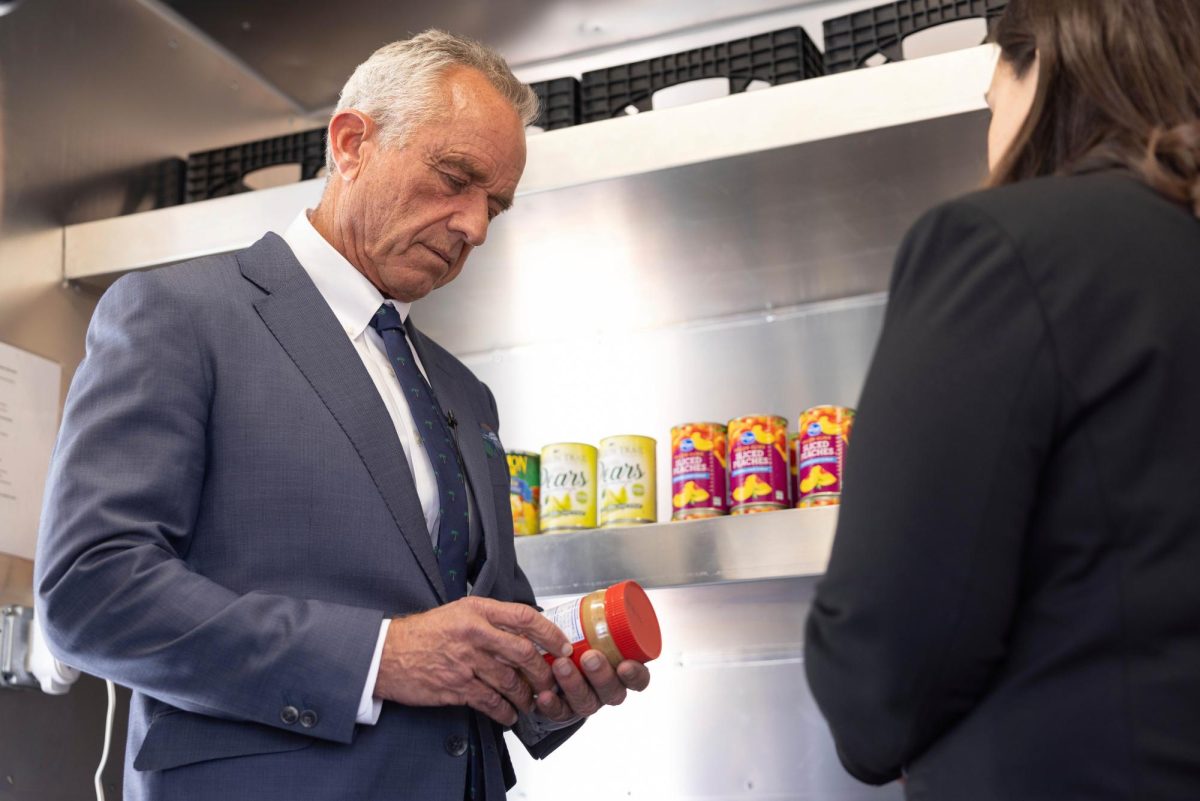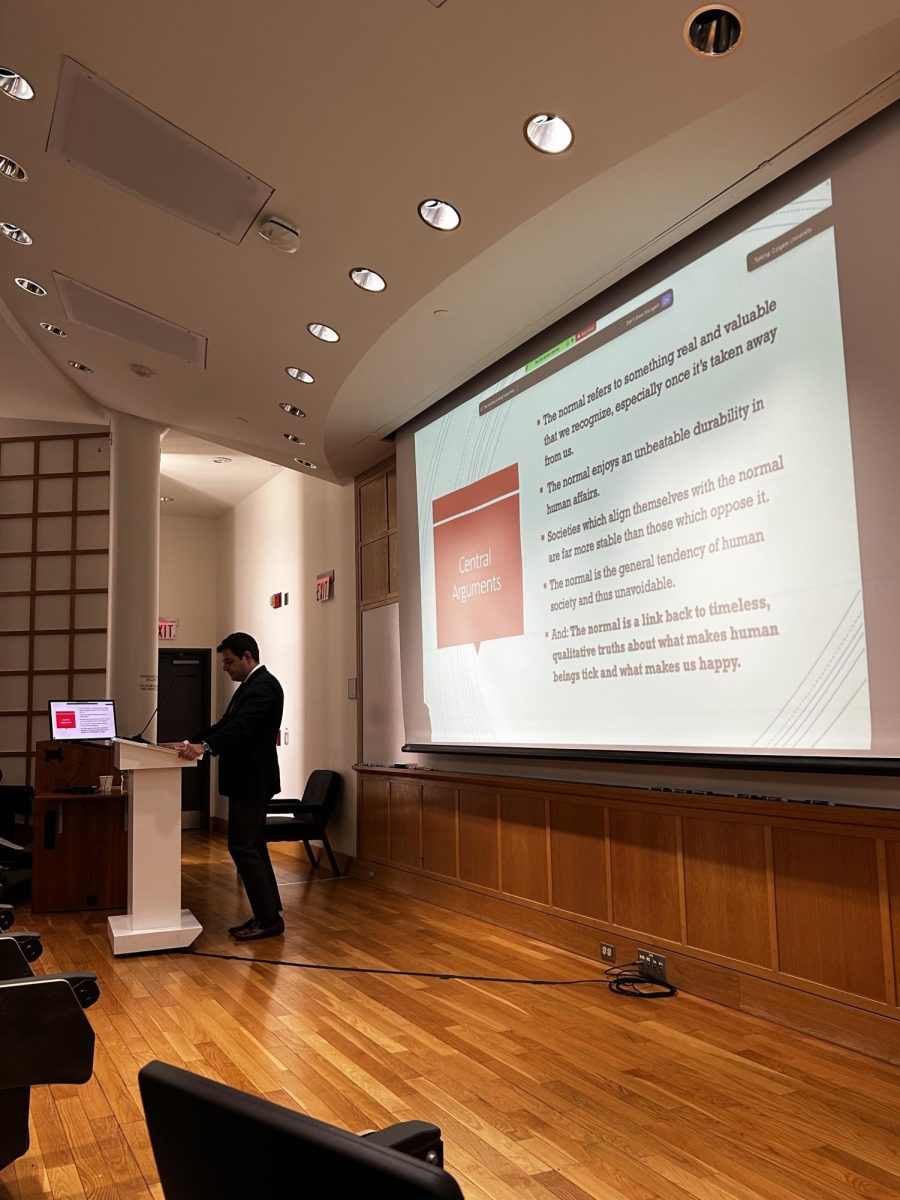Here in rural Hamilton, N.Y., there are very few ways to get the things an average college student wants or needs. As a result, many students turn to online shopping for a convenient solution. We’ve all gotten those emails that the package center is backed up because they’re receiving over 1,000 packages a day. While wanting delivered goods is understandable, it’s important to recognize the negative impact that excessive packaging waste can have on climate change.
To examine the environmental impact of online shopping, we can look at Amazon, the largest online shopping platform in the world. In 2023, United States-based sellers on Amazon sold more than 4.5 billion items. This does not count Amazon’s numerous worldwide independent sellers or the sales made by the Amazon brand itself. Amazon has made commitments to sustainability, including moving away from single-use plastic in packaging and towards recyclable forms of packaging such as paper.
While it is clear Amazon is making an effort to reduce plastic waste, the majority of its efforts are centered outside the United States. For example, Amazon has replaced 100% of plastic packaging with paper and cardboard in Europe. However, Amazon has the largest market in America, as U.S. orders make up nearly 70% of Amazon’s total sales — making it much more difficult to coordinate a shift to fully paper packaging. In the U.S., there is currently just one fulfillment center — in Euclid, Ohio — that exclusively uses paper packaging. This is due to the lack of federal legislation surrounding plastic production, which many other countries have implemented. The European Union has implemented Extended Producer Responsibility (EPR) laws that make producers responsible for the entire life cycle of their products. As of 2024, only seven U.S. states have active EPR or similar packaging laws. While EPR laws vary based on state, they all aim to reduce the amount of plastic waste that makes its way into landfills by encouraging companies to use recyclable materials in their packaging. More states are on the path to introducing similar legislation; however, we should push the federal government to implement stricter restrictions on plastic production, which would compel Amazon to adapt to more sustainable packaging nationwide at a faster pace.
Amazon’s sustainability efforts are still questionable at best. Amazon claims that the majority of its packaging is recyclable, either in household recycling bins for paper or through its own fulfillment centers for plastic. However, an investigation by the U.S. Public Interest Research Group found that only a fraction of plastic packaging is recycled by Amazon. Some of the plastic packages even end up in landfills or incinerators. Others ended up at a facility that downcycled plastic into benches and decks. While downcycling seems like a more sustainable route, it does not reduce the need to produce more plastic.
In addition, Amazon’s 2023 delivery packaging breakdown listed that half of their deliveries were shipped in “flexible packaging” — plastic, mixed material or paper mailers. Even so, many of the paper mailers contain a plastic film on the interior that is extremely difficult to recycle, as the plastic can contaminate the paper during the stripping process. Plastic film is the most common and deadliest type of plastic litter in the ocean. Oceana reported that in 2022, Amazon generated 208 million pounds of plastic packaging waste just in the United States alone.
It’s unreasonable to solely push the consumer — especially Colgate students living in the middle of nowhere — to curb their online shopping habits. The solution to this problem lies in pressuring our government to have a greater focus on the sustainability efforts of companies. Sustainability is a hot-button issue in politics currently and we should use this momentum to advocate for more changes, like a full ban on single-use plastic.
















